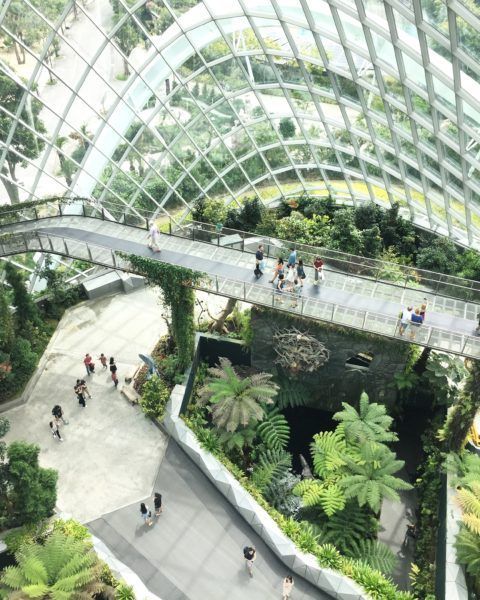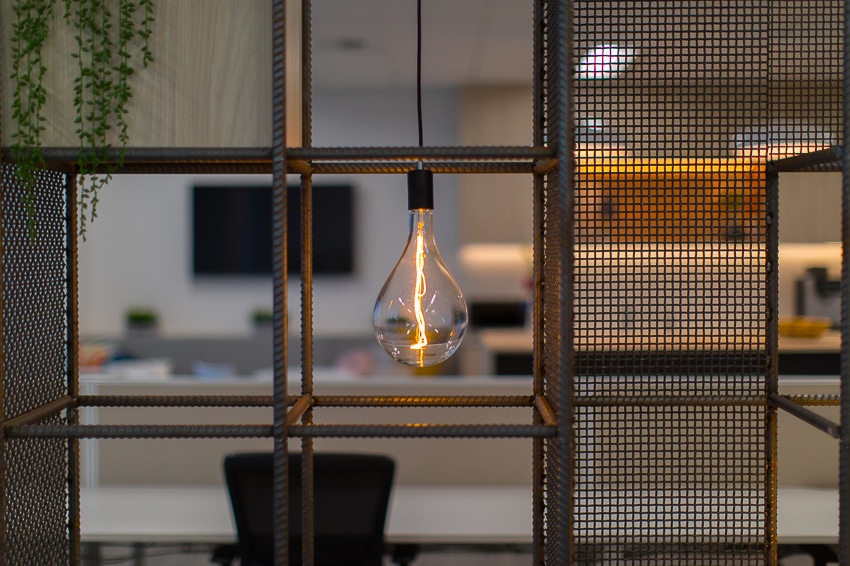5 Top Sustainability Tips for 2020
In today’s current social, economical and political climates, there’s a huge emphasis on sustainable design.
Which makes sense, because now more than ever, we need to be aware of the consequences of our actions, and the impact they have upon the environment. Sustainability can be incorporated into every aspect of design, so below are our five steps to ensure quality design, with low environmental impact.
1. Lower your energy consumption - Energy consumption is a main contributor to climate change, and buildings are responsible for a large amount of greenhouse gas emissions. As interior designers, simple design choices can have a positive impact on the environment whilst also remaining aesthetically pleasing. Rather than installing unnecessary amounts of lighting, choosing lighter colours help to create the illusion of more clean and open spaces. Carpet is another sustainable choice for interior designers – it can retain up to 10% of indoor temperatures and is a more eco- friendly alternative to heaters, which consume higher amounts of energy.
2. Sustainable furniture - While it may seem the obvious choice to select furniture made from organic materials (such as timber, wool, natural stone, etc.) we have to consider that natural resources must still be used responsibly. In addition to this, designers should also consider the cycle of the materials – choose materials that are quickly renewable, and are sourced in an ethical and environmentally friendly way.
3. Sustainable design - With the availability of natural resources and materials becoming less and less, always consider longevity and sustainability within design decisions. Now it is no longer justifiable to source furniture and materials, only to discard them in six to twelve months, once they’re no longer in vogue and another trend has caught ablaze. Rather than disposing of old furniture that no longer has a purpose, designers should look to ‘repurpose’ them, and find ways to give them new meaning. It also wouldn’t hurt to jump on board the trends of recycling and up-cycling, and find a way to give it to someone who could make good use out of it, as opposed to them purchasing a new one.
4. Design for longevity - Similar to how we should consider the longevity of furniture, we should also maintain the same approach to textiles and other materials, and choose options that won’t require a change or updating within a few short years. Modular carpets are a great sustainable option, allowing you to only change pieces that need it, as opposed to ripping out the entire floor.
Meanwhile, investing in elements that are sturdy, durable and easy to clean or replace means that less renovations will be needed and, consequently, less waste will be generated.
5. Designing healthy environments - Given that we spend most of our time indoors, it makes sense to keep those spaces clean and fresh, right? Maintaining clean air within an indoor working environment is imperative, and one simple and inexpensive way to do that is by putting out some plants. Plants act as natural air filters and help to improve air circultion and freshness. Lighting is another factor that helps to create a good working environment, and also has positive effects on physical and mental health. Natural light works wonders in decreasing stress and enhancing productivity, which means that both your office environment and team will feel better!
If you have any other ideas for sustainable design, please comment them below – we’d love to hear them! We hope you enjoyed reading our article on sustainable design and that you discovered just how simple it is to be environmentally conscious. Who said it wasn’t easy being green?



